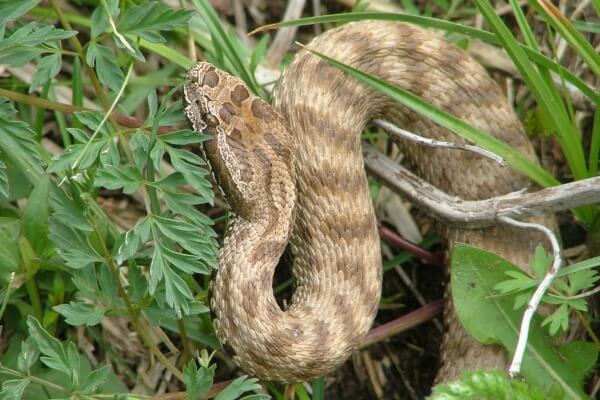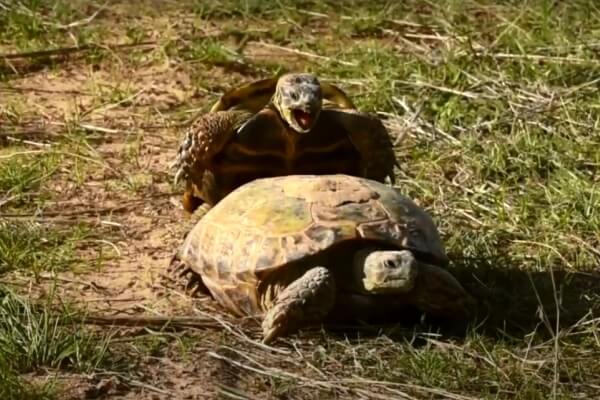Reptiles in the Altyn-Emel National Park are represented by 16 species of lizards, 8 species of snakes and 1 species of turtle.
Mountain areas are inhabited by fewer species than flat areas. On rocky areas up to an altitude of 3000 m, the halys pit viper can be found. In the lower part of the Sholak and Matai Mountains, at the bottom of the gorges near the water, the steppes ratsnake and the spotted whip snake, the sand lizard, the kaspischer even-fingered gecko are found. The most numerous is the halys pit viper.
Less reptiles are found in the floodplain of the Ili River, which is inhabited mainly by snakes: the dice snake, the spotted whip snake, the halys pit viper, the common grass snake; of the lizards, the most abundant is the grey thin-toed gecko, the population density of which is the highest in turanga groves.
The largest number of species inhabit areas of the desert located between the mountains and the floodplain of the Ili River. The rubble desert area is poor in species variety: here you can find the steppe tortoise, the sunwatcher toadhead agama, the steppe-runner, the steppe ribbon racer, and the halys pit viper.
A slightly greater variety is observed in the clay desert - here, the steppe agama and the kaspischer even-fingered gecko are added to the species of the rubble desert. On the border with the sandy massifs, the rapid and the medial racerunners appear. On clays between sand dunes and in inter-ridge depressions, the number of racerunners sharply increases. On the fluttering tops of dunes and ridges, the secret toadhead agama and the reticulate racerunner are common, and in some places are numerous. On the overgrown areas, the striped racerunner, the tartar sand boa, and the steppe ribbon racer are found.
One species is included in the Red Book of Kazakhstan - the Alferaki's toadhead agama, which inhabits mainly rubble deserts in the Altyn-Emel National Park.
1. Kaspischer Even-Fingered Gecko – Alsophylax pipiens. It is found in the floodplain forests of the Ili River, where it lives on the trunks of old trees of turanga, as well as on the foothills of xerophytic mountains in stone taluses, human buildings.
2. Grey Thin-Toed Gecko – Mediodactylus russowii. Inhabits the cracks of the rocks in the lower part of the gorges of the Sholak, Degeres, Katutau Mountains. Also found on trees in turanga groves.
3. Common Wonder Gecko – Teratoscincus scincus. Lives in the scattered sands of the eastern part of the national park, which stretch along the floodplain of the Ili River, and also on the Singing Dune.
4. Steppe Agama – Trapelus sanguinolentus. It is found almost throughout the territory of the national park up to heights of 800-1000 m in clay and sandy deserts with bushes of calligonum and saxaul.
5. Spotted Toadhead Agama – Phrynocephalus kuschakewitschi. It is found only in sandy massifs, presumably only in the westernmost part of the national park.
6. Alferaki's Toadhead Agama* – Phrynocephalus alpherakii. Within the limits of the national park it inhabits mainly gravelly deserts. To the east, it is also found in sandy massifs. It is listed in the Red Book of Kazakhstan as a species found in a limited area.
7. Sunwatcher Toadhead Agama – Phrynocephalus helioscopus. A widespread species in Altyn-Emel. Inhabits mainly rubble foothill plains.
8. Secret Toadhead Agama – Phrynocephalus mystaceus. Inhabits open sands and scattered dunes, as well as the Singing Dune.
9. Desert Lidless Skink – Ablepharus deserti. Inhabits the rocky slopes of the Sholak Mountains.
10. Steppe-Runner – Eremias arguta. Inhabitant of clay-gravelly foothills, widespread in the Konyrolen valley at altitudes of 1000-1500 m.
11. Reticulate Racerunner – Eremias grammica. Lives in open sandy massifs of the eastern part of the national park along the Ili River and on the Singing Dune.
12. Medial Racerunner – Eremias intermedia. For the territory of the national park it is known only from the area of the Singing Dune.
13. Striped Racerunner – Eremias lineolata. Inhabits sands along the Ili River and the northern bank of Kapchagai.
14. Sand Racerunner – Eremias scripta. A true psammophile (living in sands), in the national park it is registered only on the Singing Dune so far.
15. Rapid Racerunner – Eremias velox. An abundant species, inhabits clay, gravelly and sandy desert places.
16. Sand Lizard – Lacerta agilis. It is found only in the mountainous part of the national park at altitudes of more than 1000-1200 m among thickets of wild rose, caragana and other shrubs.
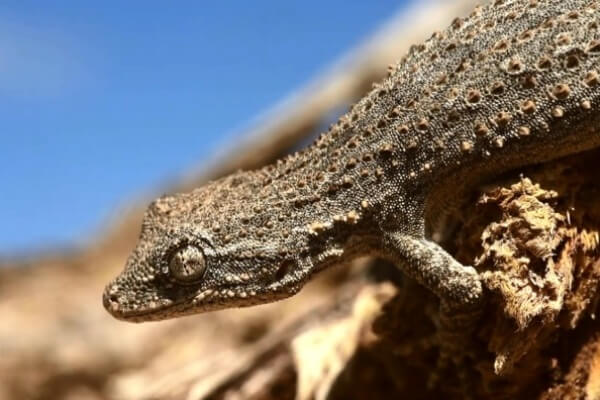
Grey Thin-Toed Gecko – Mediodactylus russowii.

Steppe Agama – Trapelus sanguinolentus.
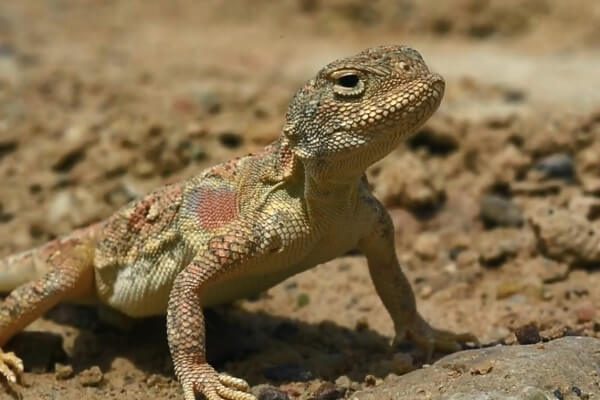
Alferaki's Toadhead Agama* – Phrynocephalus alpherakii.

Sunwathcer Toadhead Agama – Phrynocephalus helioscopus.
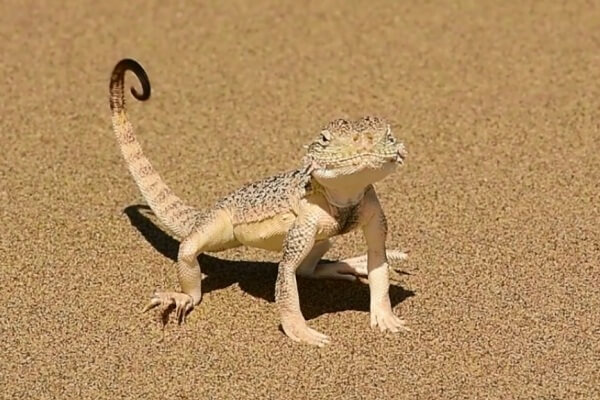
Secret Toadhead Agama – Phrynocephalus mystaceus.
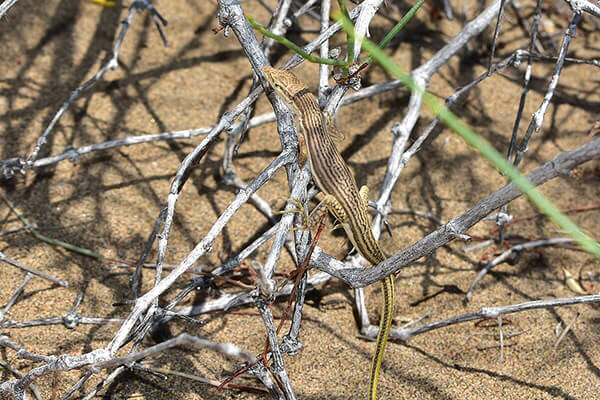
Sand Racerunner – Eremias scripta.



